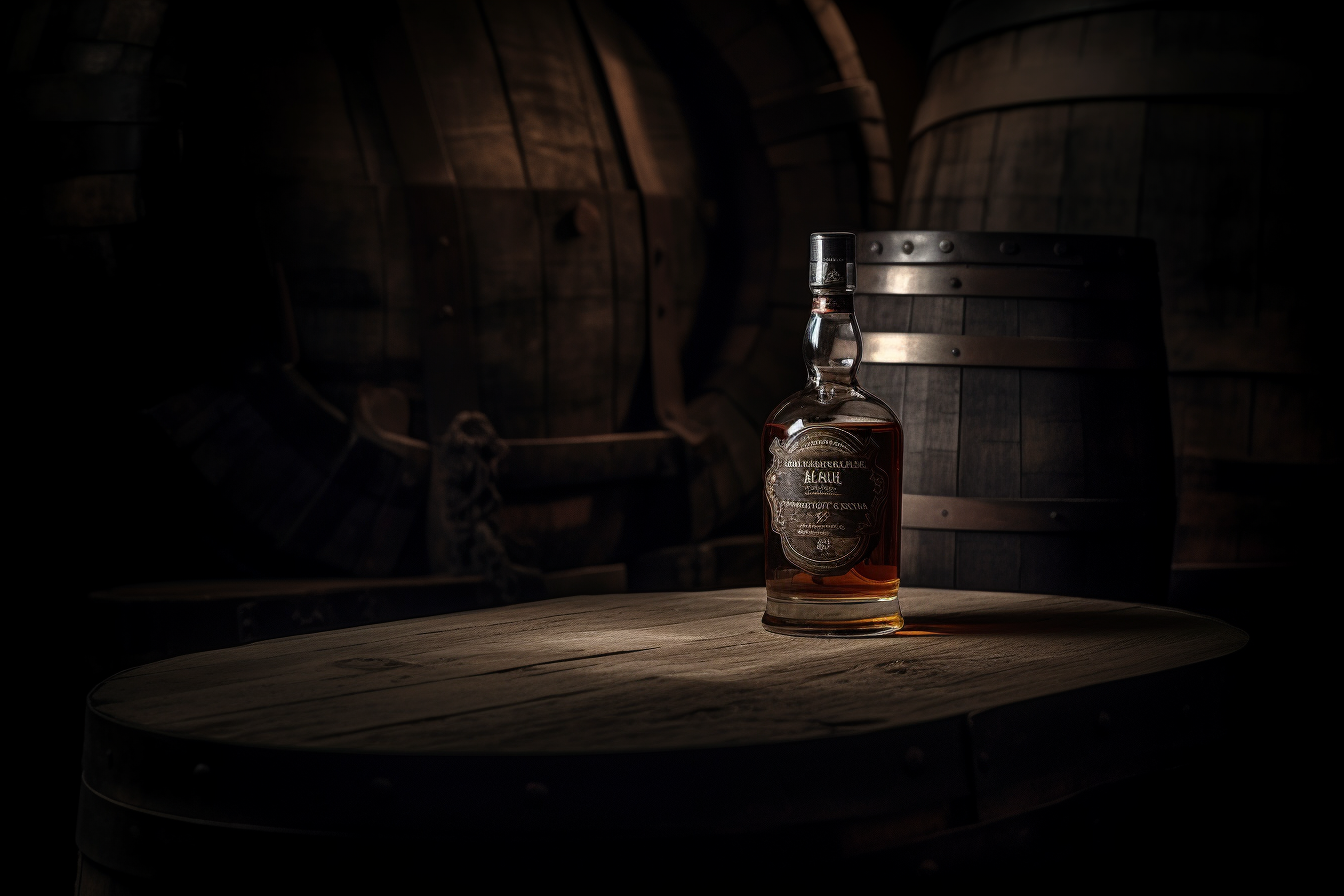A Background on the History of Whiskey
Whiskey, a cherished and timeless spirit, has its roots deeply embedded in history. Originating from Ireland and Scotland, whiskey has evolved over centuries to include various styles, flavors, and distillation methods. Rye whiskey, in particular, has gained popularity for its distinctive taste and historical significance in American distilling culture.
Getting Started: Picking Your Rye Whiskey Mash Ingredients
The key to crafting exceptional rye whiskey lies in choosing the right ingredients for your mash. Rye whiskey must contain at least 51% rye grain, with the remaining percentage often comprising corn and malted barley. The quality of the ingredients is crucial, as it directly impacts the flavor profile of the final product.
How to Make Rye Whiskey: Mash Recipe
To create a rye whiskey mash, follow these steps:
- Mill the grains: Begin by milling your rye, corn, and malted barley, ensuring a consistent grind for optimal starch conversion.
- Heat the water: In a large pot or mash tun, heat water to approximately 165°F (74°C).
- Combine grains and water: Slowly add the milled grains to the heated water, stirring constantly to prevent clumping.
- Maintain temperature: Keep the mixture at a stable temperature of 150-155°F (65-68°C) for 60-90 minutes, allowing the enzymes from the malted barley to convert the starches into fermentable sugars.
- Cool the mash: After the conversion process is complete, cool the mash to approximately 70°F (21°C), preparing it for the addition of yeast.
Fermenting Your Rye Whiskey Mash
The fermentation process is essential for converting the sugars in the mash into alcohol. To begin fermenting your rye whiskey mash:
- Transfer the cooled mash to a fermentation vessel, ensuring it is properly sanitized to prevent contamination.
- Add yeast: Pitch a whiskey-specific yeast strain into the mash, following the manufacturer’s recommended rate.
- Ferment: Allow the mash to ferment for 5-7 days at a temperature of 68-75°F (20-24°C). Keep the fermentation vessel covered to prevent exposure to airborne contaminants.
- Monitor fermentation: Check the fermentation progress daily by measuring the specific gravity with a hydrometer. When the fermentation is complete, the specific gravity should stabilize near 1.000.
Distilling Your Rye Whiskey
After fermentation, the rye whiskey mash is ready for distillation. Using a pot still or column still, follow these steps:
- Transfer the fermented mash into the still, taking care not to include any solid grain particles.
- Heat the still: Slowly raise the temperature of the still to separate the alcohol from the water and other compounds in the mash.
- Collect the foreshots: Discard the initial distillate, known as foreshots, as they contain undesirable compounds like methanol.
Collecting Your Rye Whiskey Distillate
As the distillation progresses, carefully collect the rye whiskey distillate in separate containers, referred to as “cuts.” The “heads” contain impurities and should be discarded, while the “hearts” are the desirable portion for aging. The “tails” may be redistilled or discarded, depending on your preferences.
Selecting the Right Barrel for Aging
Choosing the appropriate barrel for aging rye whiskey is crucial for developing the desired flavor profile. American oak barrels are commonly used for their distinctive flavors and aroma, while European oak barrels can also be employed for a more subtle and nuanced character. The barrel’s char level, size, and previous contents (if any) will also influence the whiskey’s final taste.
Monitoring the Aging Process
During the aging process, it is essential to monitor the rye whiskey’s development to ensure the desired results. Factors to consider include:
- Temperature: Store the barrels in a temperature-controlled environment, ideally between 50-65°F (10-18°C). Fluctuations in temperature can cause the whiskey to expand and contract, accelerating the aging process and altering the flavors.
- Humidity: Maintain a humidity level of 60-75% to prevent excessive evaporation and minimize the risk of spoilage.
- Time: The duration of the aging process varies depending on the desired flavor profile and barrel type. Periodically taste the whiskey to determine when it has reached the optimal level of maturity.
Blending and Proofing Your Rye Whiskey
After the aging process, many distillers opt to blend and proof their rye whiskey to achieve a balanced and harmonious final product. Blending involves combining different barrels to create a consistent flavor profile, while proofing involves adjusting the alcohol content with the addition of distilled water.
- Blend: Taste and compare the contents of various barrels, selecting those that complement each other and create a well-rounded flavor.
- Proof: Gradually add distilled water to the blended whiskey, reducing the alcohol content to the desired level, typically between 80-100 proof (40-50% ABV).
Testing Your Rye Whiskey
Before bottling your rye whiskey, it is essential to conduct a thorough evaluation to ensure it meets the desired quality standards. Consider the following aspects:
- Appearance: Assess the whiskey’s color, clarity, and viscosity to determine if the aging process has achieved the desired results.
- Aroma: Evaluate the whiskey’s aroma, noting the intensity, complexity, and balance of scents.
- Taste: Analyze the whiskey’s flavor profile, including the sweetness, bitterness, acidity, and tannin levels. Consider the balance, complexity, and overall harmony of the whiskey’s taste.
- Finish: Examine the lingering aftertaste, determining the length, intensity, and overall satisfaction of the finish.
Conclusion
Crafting rye whiskey is a rewarding and intricate process that requires attention to detail, patience, and dedication. From selecting the finest ingredients for your mash to carefully monitoring the aging process, each step plays a crucial role in creating a unique and flavorful rye whiskey. With practice and a keen understanding of the craft, you can produce a rye whiskey that stands the test of time and embodies the rich history of this cherished spirit.







 No products in the cart.
No products in the cart.